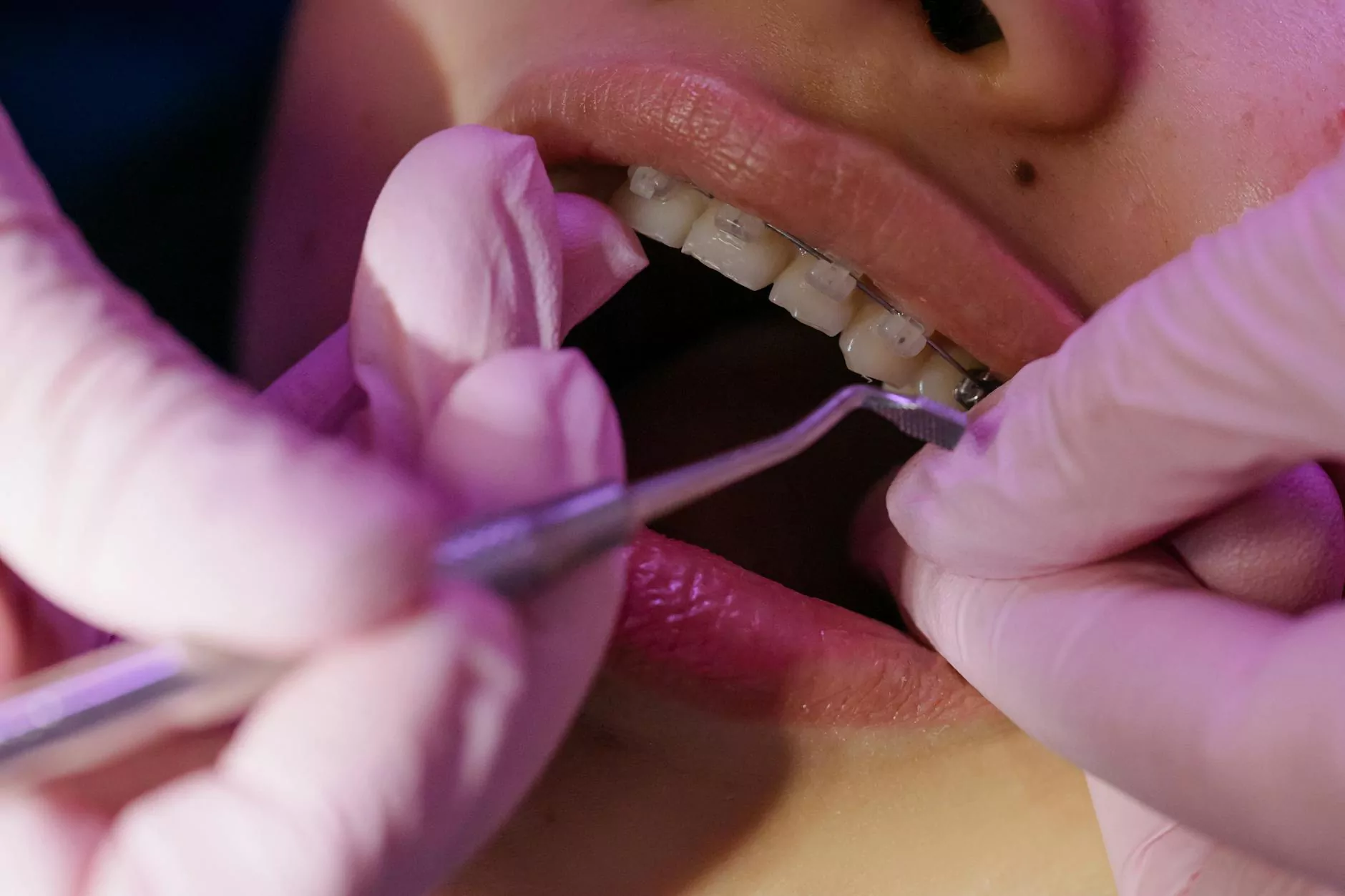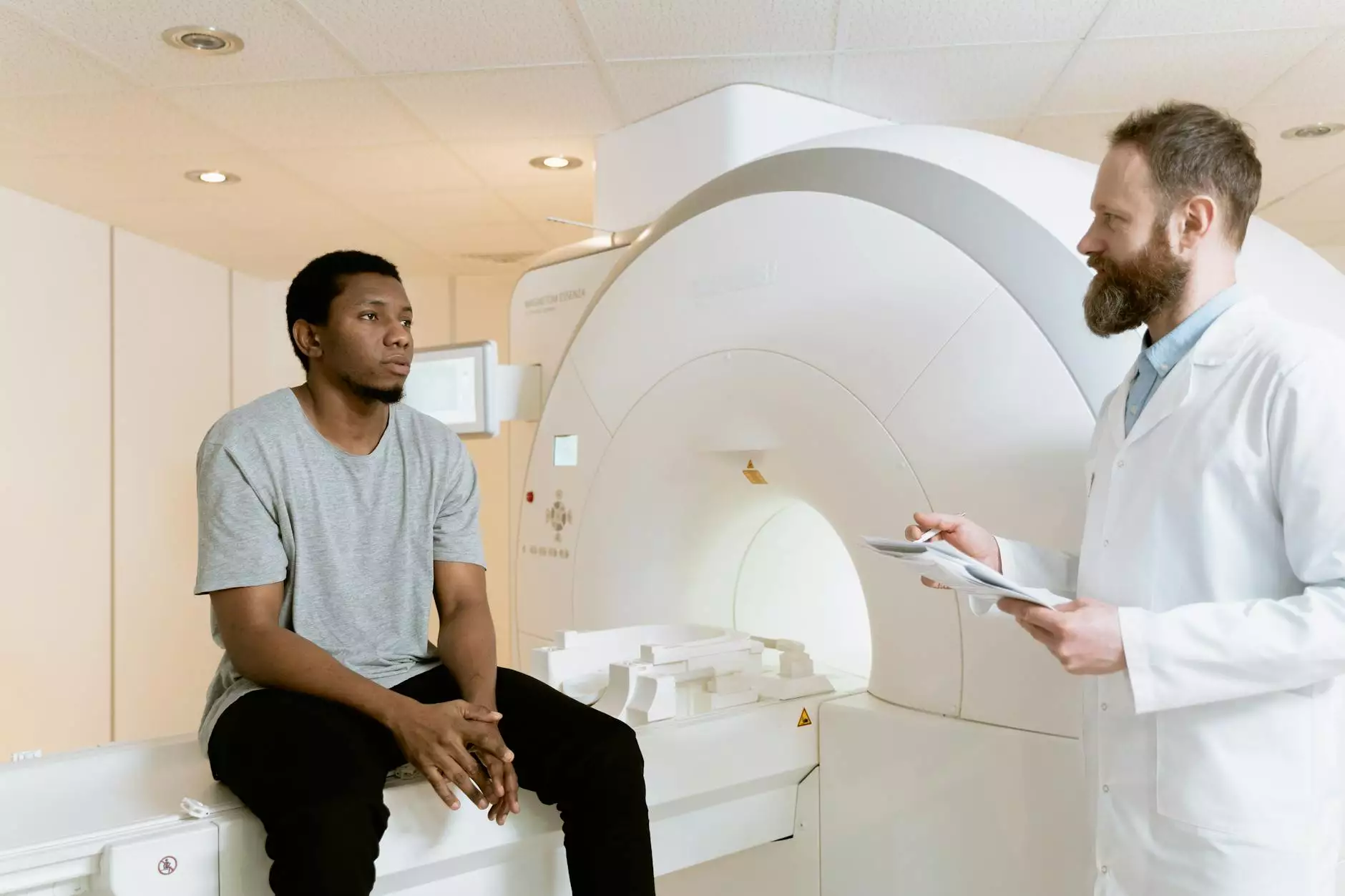Pneumothorax Cure: Comprehensive Insights and Solutions

Understanding Pneumothorax: An Overview
Pneumothorax is a medical condition characterized by the presence of air in the pleural space, which causes the lung to collapse. This condition can occur spontaneously or as a result of trauma or certain medical interventions. Understanding its causes, symptoms, and treatment options is crucial for effective management and recovery.
Types of Pneumothorax
There are primarily two types of pneumothorax: spontaneous and traumatic.
- Spontaneous Pneumothorax: This occurs without any identifiable cause and can be classified further into primary and secondary types. Primary spontaneous pneumothorax typically occurs in tall, young males, while secondary spontaneous pneumothorax can occur in individuals with pre-existing lung diseases.
- Traumatic Pneumothorax: This type results from an injury to the chest, such as a car accident or a stab wound, which allows air to enter the pleural space.
Symptoms of Pneumothorax
The symptoms of pneumothorax can vary widely depending on the severity of the condition. Common symptoms include:
- Sudden Chest Pain: This is often sharp and may be felt on one side of the chest.
- Shortness of Breath: Difficulty breathing is a prevalent symptom.
- Rapid Breathing: Patients may experience an increased respiratory rate.
- Cyanosis: A bluish tint to the lips or fingertips can indicate low oxygen levels.
Diagnosis of Pneumothorax
Diagnosing pneumothorax typically involves a thorough medical history and physical examination. Key diagnostic tools include:
- Chest X-Ray: This is the standard imaging technique to identify air in the pleural space.
- CT Scan: A CT scan may be ordered for a more detailed view, particularly in complex cases.
- Ultrasound: This is becoming increasingly popular in emergency settings for rapid diagnosis.
Treatment Options for Pneumothorax
The treatment method for pneumothorax largely depends on its size and the patient's symptoms. Here are the primary treatment options:
Observation
In small, stable pneumothorax cases without significant symptoms, healthcare providers may recommend a watchful waiting approach, allowing the body to gradually reabsorb the air.
Needle Aspiration
For moderate cases, needle aspiration may be performed. During this procedure, a needle is inserted into the pleural space to remove excess air, helping the lung to re-expand. This is typically performed under local anesthesia.
Chest Tube Insertion
In more severe cases, a chest tube may be necessary. This involves the insertion of a tube into the chest cavity to continuously drain air and fluid, allowing the lung to reinflate effectively.
Surgery
For recurrent pneumothorax or cases that do not respond to conservative management, surgical intervention may be required. Procedures can include:
- Video-Assisted Thoracoscopic Surgery (VATS): This minimally invasive surgery can be used to repair the lung or pleura.
- Open Thoracotomy: In rare, complicated cases, a more invasive approach might be necessary.
Post-Treatment Care
Following treatment, patients must adhere to specific guidelines to facilitate recovery and minimize the risk of recurrence. Important aspects of post-treatment care include:
- Avoiding Air Travel: Patients should avoid flying for a period recommended by their healthcare provider.
- Smoking Cessation: Quitting smoking is vital for lung health and can help decrease recurrence.
- Follow-Up Appointments: Regular follow-up visits ensure proper healing and monitoring of lung function.
Innovations in Treatment and Research
The field of pulmonology is continually evolving, with ongoing research aimed at improving treatment options for pneumothorax. Emerging technologies, such as enhanced imaging techniques and novel surgical approaches, are helping medical professionals better diagnose and treat this condition. Innovations in medical devices for drainage and improved surgical techniques offer hope for better outcomes and reduced recovery times for patients.
Conclusion
Pneumothorax is a significant health concern that requires careful attention and treatment. With proper medical care and adherence to treatment plans, the prognosis for individuals with pneumothorax is generally positive. Advances in medical technology and surgical interventions are continually improving outcomes.
If you suspect you have pneumothorax or experience any of the related symptoms, it is crucial to seek medical attention immediately. At Neumark Surgery, we are committed to providing expert care and the most current treatment options for patients dealing with pneumothorax and other respiratory conditions. Our team of highly trained professionals is dedicated to helping you achieve optimal health and wellbeing.
Contact Us
For more information on pneumothorax treatment or to schedule a consultation, visit us at neumarksurgery.com. Your health is our priority!
pneumothorax cure








